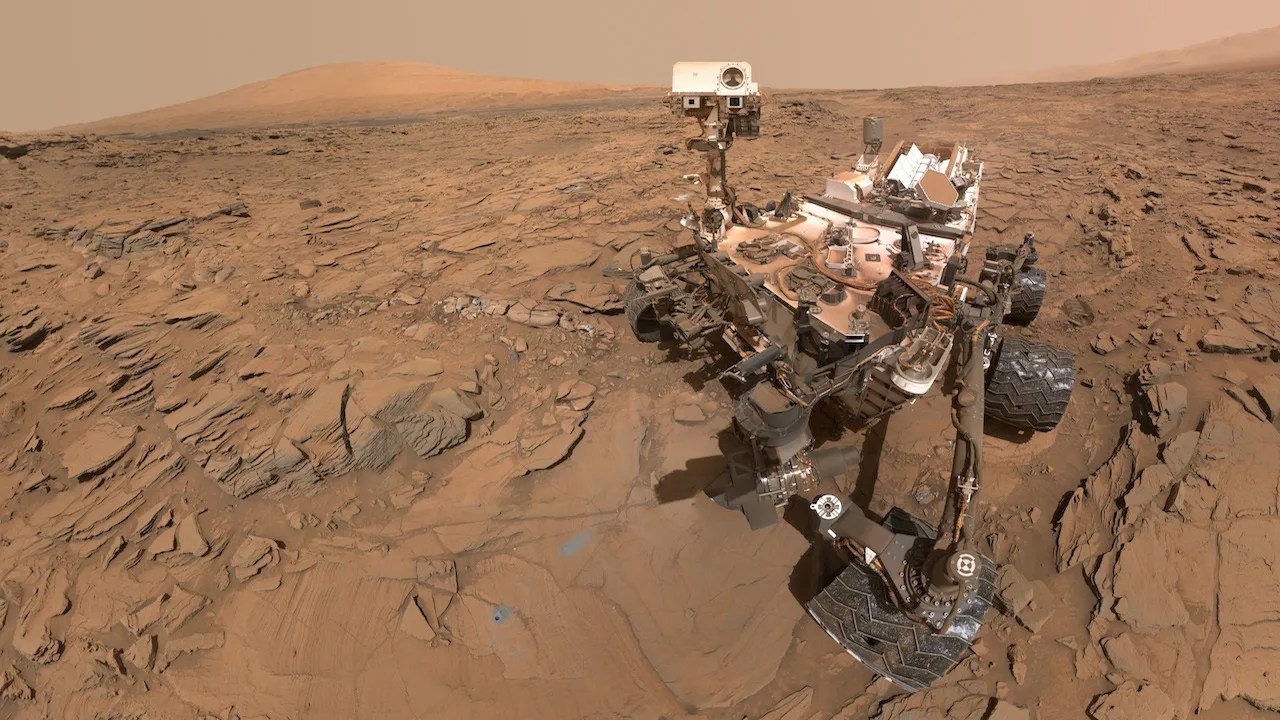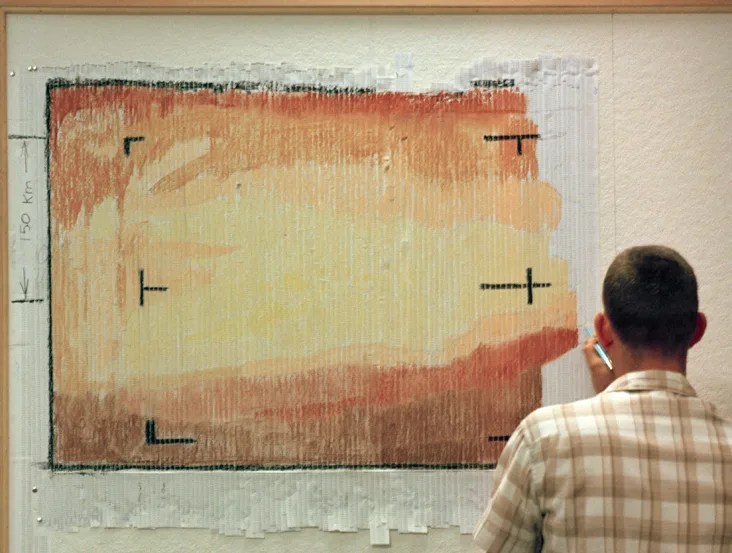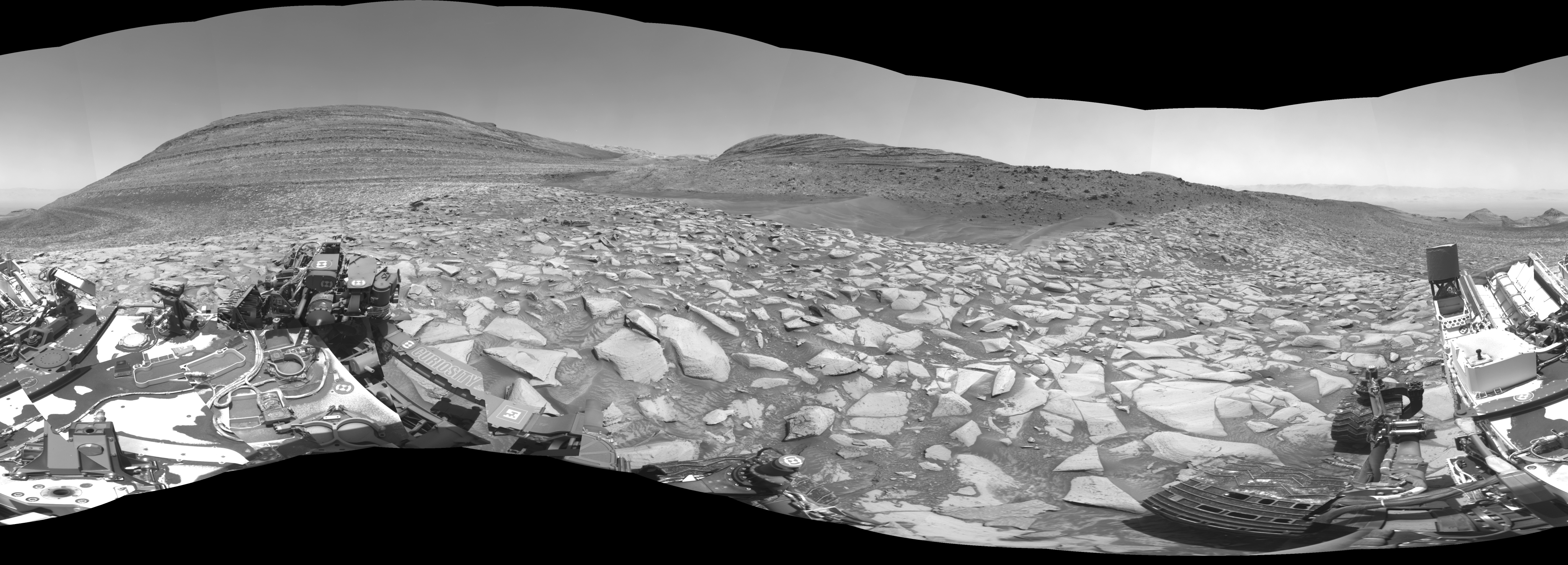4 min read

This week, NASA celebrates the fifth anniversary of the moment its Mars Science Laboratory mission landed the Curiosity rover in Gale Crater. In fact, this summer brings several red letter days in Red Planet exploration. Here are 10 things to know about the anniversary of the Curiosity landing—plus some other arrivals at Mars you may not know about.
1. Seven minutes of terror. For Curiosity, landing on Mars meant slowing from about 13,000 MPH (21,000 KPH) to a full stop in just seven minutes. Engineers came up with an innovative--and bold--plan to make this happen, but no one could be 100% certain it would work. In this video, some of the Curiosity engineers who designed the entry, descent and landing system for the mission talk candidly about the challenges of Curiosity's final moments before touchdown in August 2012.
2. Sweet success. Relive the tension, and the celebration, of the night Curiosity landed on Mars. You can also simulate the entire landing process in 3-D on your own computer using NASA's free Eyes on the Solar System app.
3. Echoes of ancient waters. What has Curiosity discovered during its roving so far? The key takeaway: the stark deserts of Gale Crater were once home to lakes and streams of liquid water, a place where life could potentially have thrived. Learn more about the mission's scientific findings.
4. Pretty as a postcard. Sometimes science can be beautiful, as pictures from Mars prove. You can peruse some of Curiosity's best shots. What's more, you can see the very latest images—often on the same day they're downlinked from Mars.
5. Take it for a spin. Have you ever wanted to try driving a Mars rover yourself? You can (virtually anyway). Try the Experience Curiosity app right in your web browser.
6. Mars trekking. Maybe someday you'll be able to take a day hike across the Martian landscape. You can at least plan your route right now, using NASA's Mars Trek site. This interactive mapping tool lets you explore important Red Planet locations using actual terrain imagery from orbiting satellites. You can even retrace the real locations on Mars where the fictional astronaut Mark Watney traveled in "The Martian."
7. A first time for everything. Curiosity stands (well, rolls) on the shoulders of giants. Several NASA missions blazed the trail for the current crop of robotic explorers. The first was Mariner 4, which is also celebrating an anniversary this summer. Mariner 4 was the first spacecraft to return photos of another planet from deep space when it flew by Mars on July 15, 1965. Mariner engineers were so impatient to see the first pictures it sent back, that they hand-colored a printout of raw numeric data sent by the spacecraft, in order to construct one of the first color images of Mars.

8. Pathfinders and panoramas. Another important pathfinder on Mars was...Mars Pathfinder. This mission just marked its 20th anniversary. To commemorate the first successful Mars rover, NASA created a new 360-degree VR panorama of its landing site you can view right in your browser.
9. One small step for a robot. The first spacecraft to make a successful landing on Mars was Viking 1, which touched down in the Chryse Planitia region on July 20, 1976. It worked for more than six years, performing the first Martian soil analysis using its robotic arm and an onbaord biological laboratory. While it found no conclusive evidence of life, Viking 1 did help us understand Mars as a planet with volcanic soil, a thin, dry carbon dioxide atmosphere and striking evidence for ancient river beds and vast flooding.
10. Mars explorers needed. There is much more to come. The next Mars lander, InSight, is slated for launch next year. Ride along with NASA's ongoing adventures on the Red Planet at: mars.nasa.gov/mars-exploration/







